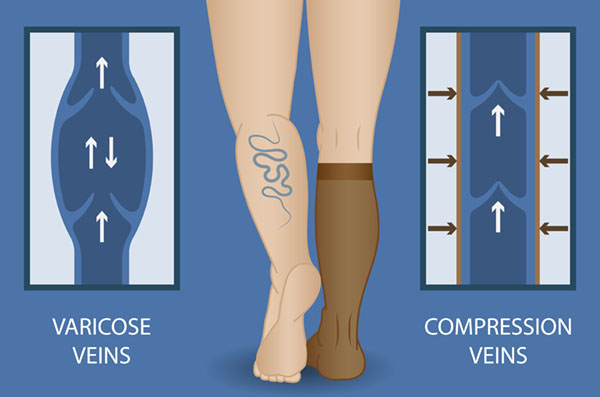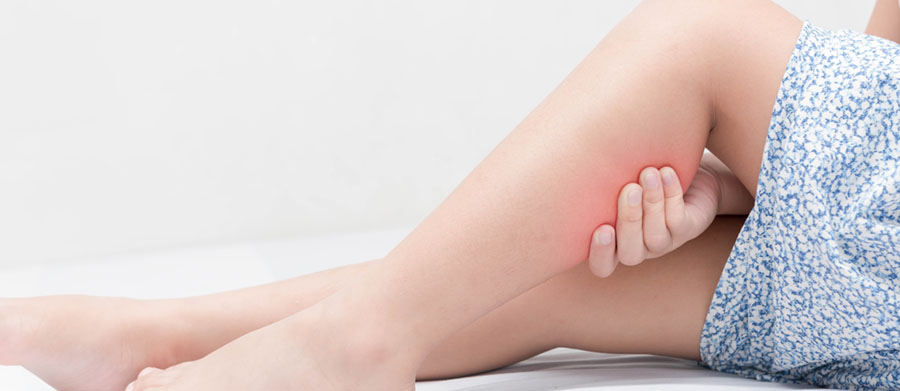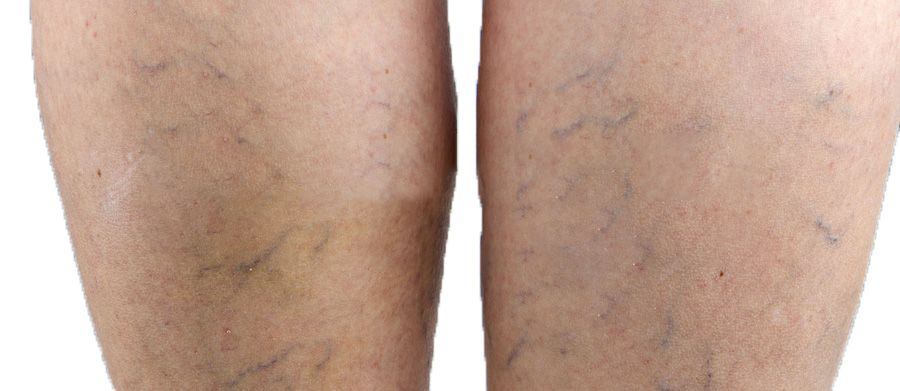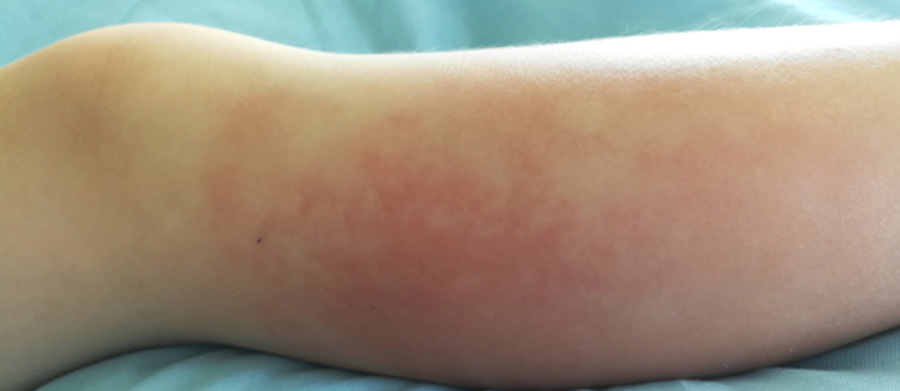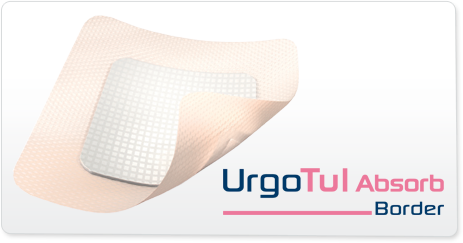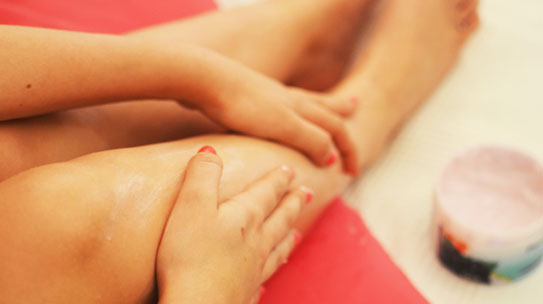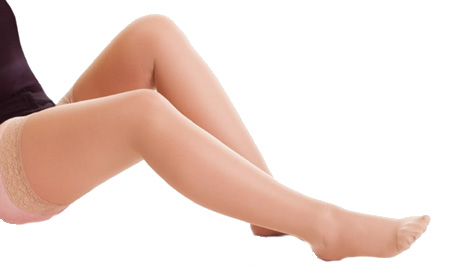References
Ashby RL, Gabe R, Ali S, Adderley U (2014) Clinical and cost-effectiveness of compression hosiery
versus compression bandages in treatment of venous leg ulcers (Venous leg Ulcer Study IV, VenUS IV):
A randomised controlled trial. Lancet 383(9920): 871–9
Best Practice Statement (BPS) (2016) Holistic management of venous leg ulceration. London: Wounds UK.
Available to download from: www.wounds-uk.com
Callaghan R (2018) What to expect on your venous leg ulcer treatment journey: from diagnosis to
healing. In This Together 2: 16–18. Available to download from: www.daylong.co.uk
Guest JF, Ayoub N, McIlwraith T et al (2015) Health economic burden that wounds impose on the
National Health Service in the UK. BMJ Open 5: e009283. doi:10.1136/bmjopen-2015-009283
NHS (2016) Causes of venous leg ulcers. Available online at:
http://www.nhs.uk/Conditions/Leg-ulcer-venous/ Pages/Causes.aspx (accessed 16.09.2016)
National Institute for Health and Clinical Excellence (2013) Clinical knowledge summaries: Leg ulcer
– venous. Available online at: http://cks.nice.org.uk/leg-ulcer- venous#!topicsummary (accessed
25.08.2016)
SIGN (2010) Management of chronic venous leg ulcers: A national clinical guideline 120. Available at
http://www. sign.ac.uk/pdf/sign120.pdf (accessed 12.07.2016)

